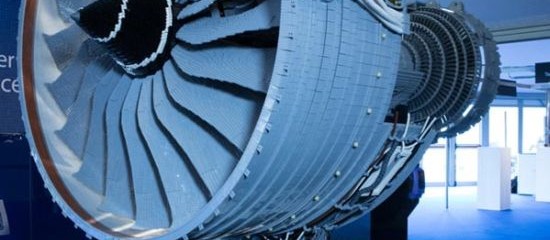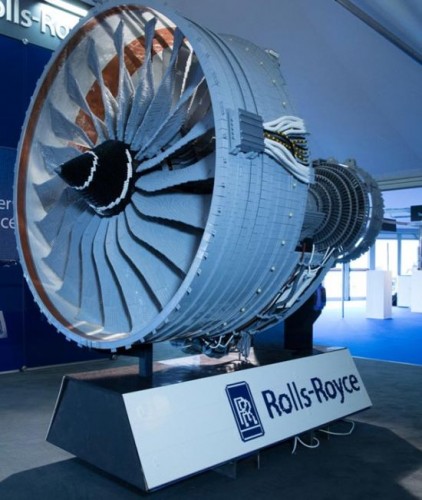Once in a while I get into one of those discussions on how fast modern computers are. Unfortunately, most of the times, the metrics which are compared, are of those computers that were before, not the ones which are now. Today I came across a story in Slashdot that very nicely shows how fast modern computers are. Just read this snippet to get an idea:
Engineers at UCLA, led by Bahram Jalali and Dino Di Carlo, have developed a camera that can take 36.7 million frames per second, with a shutter speed of 27 picoseconds. By far the fastest and most sensitive camera in the world — it is some 100 times faster than existing optical microscopes, and it has a false-positive rate of just one in a million — it is hoped, among other applications, that the device will massively improve our ability to diagnose early-stage and pre-metastatic cancer. This camera can photograph single cells as they flow through a microfluidic system at four meters per second (9 mph — about 100,000 particles per second), with comparable image quality to a still CCD camera (with a max shooting speed of around 60 fps). Existing optical microscopes use CMOS sensors, but they’re not fast enough to image more than 1,000 particles per second. With training, the brains of the operation — an FPGA image processor — can automatically analyze 100,000 particles per second and detect rare particles (such as cancer cells) 75% of the time.


